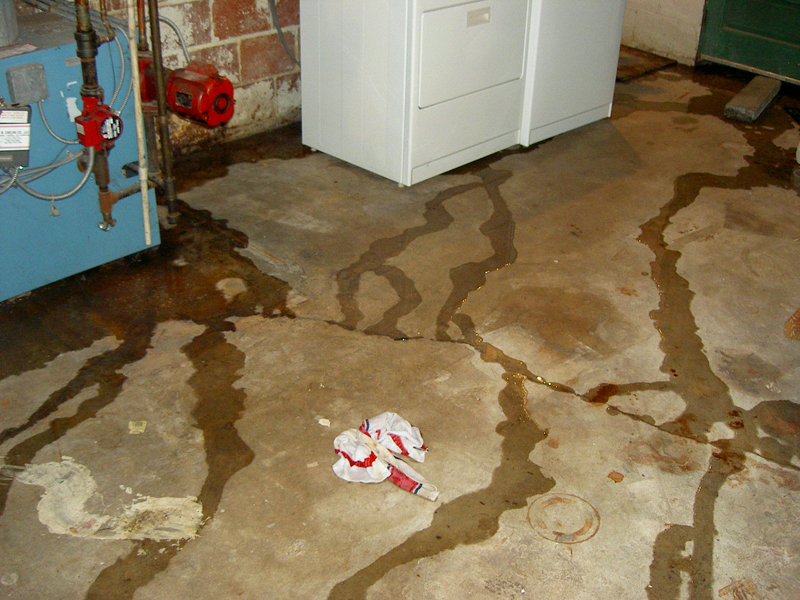
The new Toto Drake in our snazzy yellow master bathroom.
As part of our long-term plan to never go on vacation again, we are slowly fixing up our house. ‘Fixing up’ is probably too strong, as the house was fundamentally sound and generally nice-looking and functional when we bought it. It is by no means a classic fixer-upper: we are not rewiring, replumbing, taking out or putting in walls, et cetera. It is, however, a treasure chest of hidden defects, mostly in the form of (1) necessary maintenance deferred for 20+ years by the cheap former owner or (2) barely functional antique appliances and fixtures never replaced by the cheap former owner. The toilets commodes in the house were a happy combination of both: high-flow models that were no doubt installed when the house was built in the 1930s, with tanks held together by judicious amounts of caulk, that leaked and dripped when they weren’t lowering the water table with each flush. Clearly, they Had To Go.
Since we participate in the Maryland Heritage Preservation Tax Credit Program, we seek preapproval for each home repair project we undertake. The lag time between our proposal and their approval gives us plenty of time to make final decisions about what we are going to do. In this case, we spent months deciding whether we were really ready to spend $400 on a toilet (it certainly sounds more reasonable if you call it a ‘commode’). In the end, I successfully argued that reliable flushing was not a ‘luxury’ in a commode, and while it was a darn shame that other manufacturers had not yet created good low-flow models, I was not willing to compromise on that point. Which means that we decided to go with the low-flow commodes the internets and personal experience told us worked: those made by Toto.
Having made that first round decision to take the plunge, we researched different models and decided on the Drake, mostly because (1) an online guide to installation made it look easy, (2) we wanted something basic that would blend in with our older home, and (3) we weren’t sure we could fit the one-piece Ultramax into our smallish car. I knew that the Gmax flushing system was what I wanted, and I also knew that I wanted at least one ADA model in the house, for all the tall people with joint trouble who might be using it in years to come. With a little searching, we were able to find a dealer and inspect the pieces in person; we probably could have saved a little money by finding a way to order them online but I was nervous about breakage during shipping and happy to support a more local business.
Two trips to the store later (we wanted to test the smaller size in one bathroom before committing to the taller elongated models) and we have two new commodes installed and one on deck for tonight. Between the online guide I found and the instructions in what we fondly refer to as ‘The Man Book‘ the installation was a piece of cake. Wrestling the old toilets out to the alley for pickup (thank you, public works!) and cleaning up the nasty spaces underneath, though? Let’s just say there wasn’t enough beer in the house and leave it at that. The third one should be easier to remove — it’s on the first floor — and I’m hoping to donate it to Community Forklift since it still functions; maybe someone with more skills and patience than we have can rig it up to make it lower-flow.
After tonight, the final commode-related task is to have a plumber come out to remove the toilet from the basement and cap the sewer line. All the houses on our block have little shacks in the basement that include a toilet only, the 1930s version of a port-a-potty. I have no idea if the toilet even works, but I want it gone. The long-term plan is to remove the walls of the shack, address the basement water problems, and eventually put in a darkroom using that outgoing pipe.
For now, though, I’m just looking forward to next quarter’s water bill.

